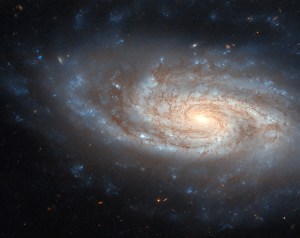
Hubble Images the Spiral Galaxy NGC 3430
This NASA/ESA Hubble Space Telescope image treats viewers to a wonderfully detailed snapshot of the spiral galaxy NGC 3430 that lies 100 million light-years from Earth in the constellation Leo Minor.
Image Credit: ESA/Hubble & NASA, C. Kilpatrick
- X
https://science.nasa.gov/image-detail/hubble-ngc3430-potw2430a/
Image CreditESA/Hubble & NASA, C. Kilpatrick
Size1024x814px

























